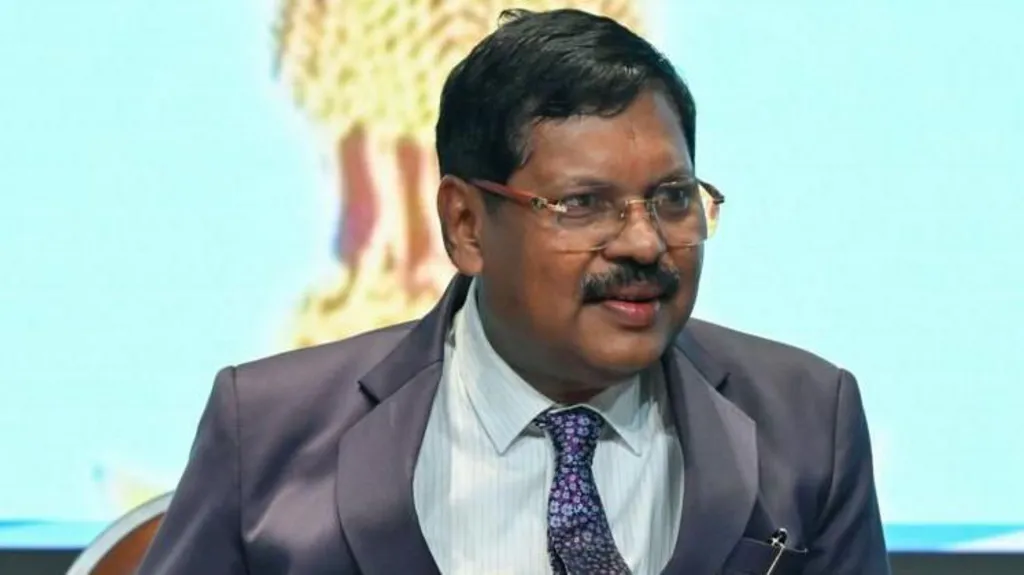
On October 6, 2025, an advocate threw a shoe at the Chief Justice of India (CJI) B. R. Gavai, during a live proceeding held in the Supreme Court’s main court room, which is probably the highest court of India. The accused, Rakesh Kishore, allegedly shouted at the Chief Justice, “Sanatan ka apman nahi sahenge” (“We will not tolerate the insult to Sanatan dharma”), a moment before throwing the shoe.
While the shoe did not hit the Chief Justice and there were no injuries caused by the shoe-throwing, it shocked those in attendance at the court, as well as the legal fraternity in India, and provoked a response nationally.
Eyewitnesses provided the following report of the court room:
court was in order through the packed hearing room until in shock the courtroom was silent as the shoe traveled through the air narrowly missing the chief justice. The court marshals subdued Kishore and escorted him out of the hearing room as he shouted.
Security officers were also engaged in attempting to establish order amongst the lawyers and litigants present, who were murmuring amongst themselves in disbelief. Justice stopped motion in the highest court of the land. The outburst was reportedly prompted by CJI Gavai’s earlier remarks on a case regarding a damaged idol of Lord Vishnu in a temple located in Uttar Pradesh. In dismissing a plea to “restore the presence of deity,” CJI Gavai has
Immediate Condemnation and Consequences
The conduct of the assailant drew immediate attention and condemnation. Within hours of the attack, the Bar Council of India (BCI) suspended Rakesh Kishore, calling his behaviour “inconsistent with the dignity of the legal profession” and a “serious violation of decorum in the courtroom” and collectively took action against him.
In the chairperson’s statement, she expressed that “neither a personal grievance nor religious sentiment validates such unruly behaviour towards a constitutional authority.” The state bar associations that represent Bengaluru, Nagpur, Delhi and Lucknow condemned the individual and the conduct against the judge as “an assault on the very foundation of the judiciary”.
Expert lawyers proclaimed this “unprecedented” event and requested even stricter penalties to dissuade such behaviour in the future. Chief Justice Gavai, known to be calm, asked that court continue and advised the parties to keep the administration of justice on the court’s business and forget the incident that had happened.
He maintained a dignified principle and continued to command praise from many across the profession and social media, particularly in the calm responses to an arduous situation. However, the incident raises glaring concerns over court arrangements for security and proprietors ‘r advancement ofstafresponsed to immediate crises. Political and Social Response Shortly after the incident accumulated notoriety, the reaction on social media leaked into public and policy discourse.”The Supreme Court is a temple of the Constitution.
These incidents not only jeopardize the individuals involved but the dignity of the entire judicial process,” said one retired High Court judge in a televised remark.
Chief Justice of India (CJI) B. R. Gavai: FAQ
Did the Supreme Court increase security after the shoe attack?
Although the Supreme Court has not issued a press release, sources indicated that security protocols are being reviewed to increase security for courtroom guests, advocates, and other parties involved in court matters.
FOR MORE BLOGS – beyondthepunchlines.com

 Add to favorites
Add to favorites








